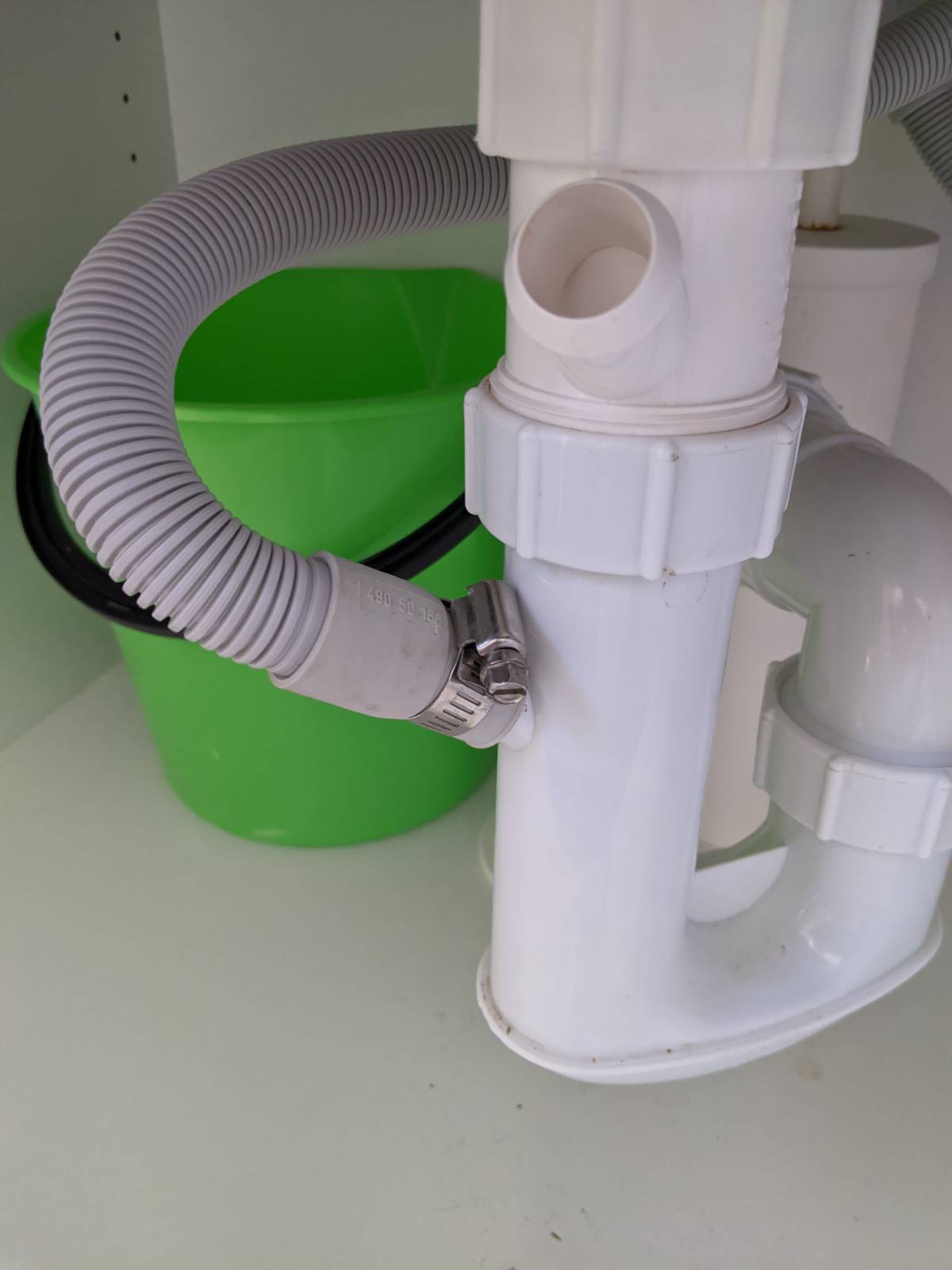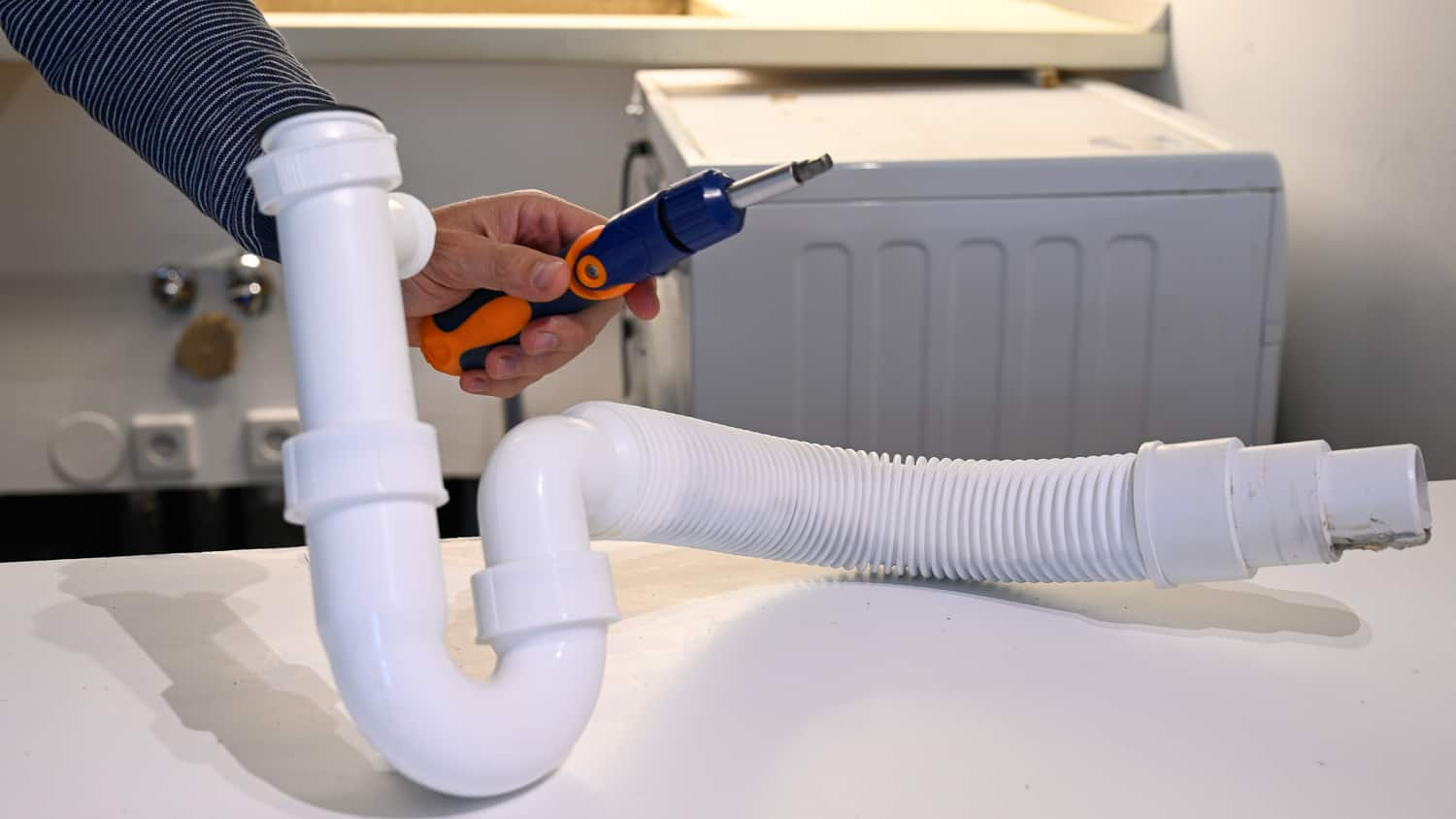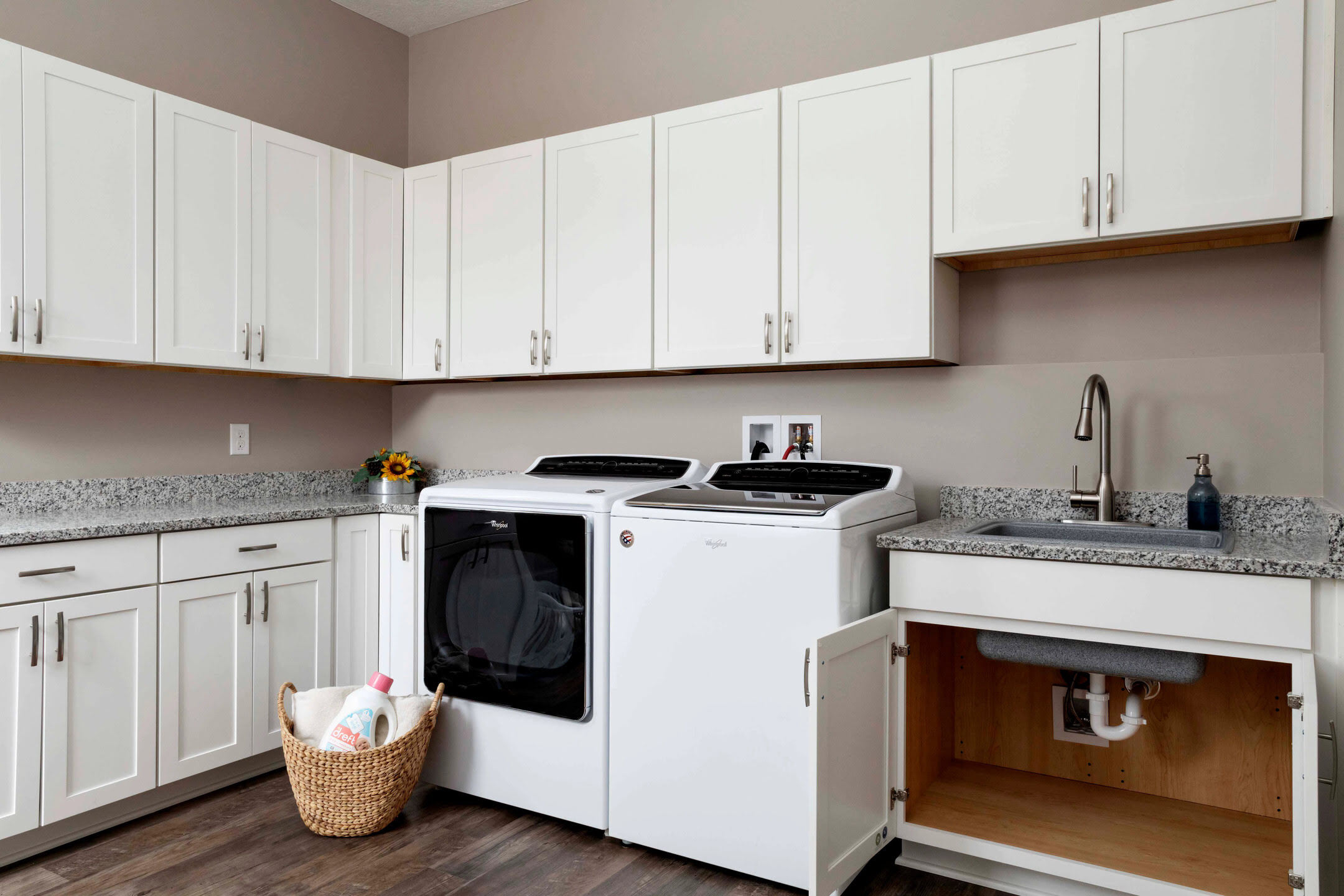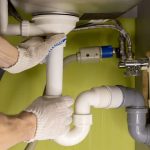Introduction to the Process
Connecting a washing machine to a sink drain can be an essential task, particularly in homes where space constraints exist or when a laundry room setup is not available. This connection allows for efficient use of existing plumbing infrastructure without the need for extensive modifications. In this comprehensive guide, we will explore the detailed steps involved in connecting a washing machine to a sink drain, ensuring a smooth and hassle-free process. The information provided will cover everything from preparation to final connections, offering practical advice and expert tips to help you complete the task with confidence.

Understanding the Components
Before diving into the actual process, it is important to understand the various components involved in connecting a washing machine to a sink drain. Key elements include the washing machine drain hose, a sink pipe, a Y-fitting or T-fitting, and hose clamps. The washing machine drain hose is designed to carry wastewater from the machine to the drain. The sink pipe acts as the main conduit for expelling water. The Y- or T-fitting allows for the integration of the washing machine’s drain hose with the sink’s plumbing system. Hose clamps are used to secure the connections, preventing leaks and ensuring that the system remains tight and functional during operation. Familiarity with these components will make the process more manageable and reduce the risk of errors.
Preparing the Workspace
Preparation is crucial for a successful installation. Begin by clearing the area around the sink and washing machine to provide ample space for maneuvering and working comfortably. Ensure that both the washing machine and the sink are turned off and disconnected from any power or water sources. Gather all necessary tools and materials, such as the fittings, hoses, clamps, screwdrivers, pliers, and pipe wrench. Having everything within reach will minimize interruptions and allow you to focus on the task at hand. Additionally, place towels or a bucket nearby to catch any water that might spill during the connection process. This preparatory step will help maintain a clean and organized workspace, making the installation smoother and more efficient.

Measuring and Cutting
Accurate measurements are essential for ensuring that the washing machine drain hose fits properly with the sink drain. Measure the distance from the washing machine to the sink drain to determine the appropriate length for the drain hose. If the hose is too long, it may need to be cut to avoid unnecessary loops or kinks that could impede water flow. Use a sharp utility knife or a hose cutter to trim the hose to the desired length. Be sure to measure twice and cut once to avoid any mistakes. Properly sized hoses ensure a snug fit and help prevent leaks and other issues that could arise from an improper connection. Taking the time to measure and cut correctly will save you time and hassle in the long run.
Installing the Y- or T-Fitting
The next step involves installing the Y- or T-fitting onto the sink drain pipe. This fitting serves as the junction point where the washing machine drain hose will connect to the sink’s plumbing system. Begin by identifying the appropriate location on the sink drain pipe where the fitting will be installed. It should be positioned in a way that allows the washing machine drain hose to connect easily without excessive bending or stretching. Once the location is determined, use a pipe wrench to loosen and remove the section of the sink pipe where the fitting will be placed. Attach the Y- or T-fitting securely, ensuring that it is aligned correctly with the rest of the plumbing. Tighten all connections using a pipe wrench to prevent leaks. This step is critical for establishing a solid foundation for the entire drainage system.

Attaching the Drain Hose
With the Y- or T-fitting in place, it is time to attach the washing machine drain hose. Begin by inserting one end of the hose into the designated opening on the fitting. Ensure that the hose is pushed in as far as it will go to create a secure connection. Use hose clamps to fasten the hose to the fitting, tightening them with a screwdriver or pliers until they are snug but not overly tight. Over-tightening can damage the hose or fitting, leading to potential leaks. Once the hose is attached to the fitting, route the other end to the washing machine, ensuring that it is free of kinks and bends that could restrict water flow. Secure the hose to the washing machine’s drain outlet using another hose clamp. Proper attachment of the drain hose is vital for effective wastewater management and maintaining the integrity of the plumbing system.
Securing Connections and Checking for Leaks
After all connections have been made, it is crucial to secure them and check for any potential leaks. Begin by inspecting each connection point to ensure that the hoses and fittings are tightly fastened and properly aligned. Turn on the water supply to the sink and let it run for a few minutes, observing the connections for any signs of leakage. Next, plug in and activate the washing machine, allowing it to go through a wash cycle to test the drainage system under operational conditions. Monitor the connections closely for any drips or leaks. If any are detected, turn off the water and machine, and tighten the clamps or fittings as needed. Repeat the process until no leaks are present. Ensuring that all connections are secure and leak-free is essential for preventing water damage and guaranteeing the system’s reliability.

Testing the System
Once all connections have been secured and checked for leaks, it is important to conduct a thorough test of the entire system. Run the washing machine through a full cycle, paying close attention to how efficiently the water drains through the system. Observe the sink drain to ensure that it handles the additional load from the washing machine without any issues. Check the area around the connections periodically throughout the cycle to confirm that there are no leaks or signs of stress on the plumbing. Testing the system under normal operating conditions provides assurance that the installation was successful and that the connections are capable of handling everyday use. This step is crucial for peace of mind and for avoiding future problems related to improper drainage.
Troubleshooting Common Issues
Despite careful preparation and execution, you may encounter common issues during the installation process. One frequent problem is slow drainage, which can result from kinks or bends in the drain hose. To resolve this, inspect the hose and straighten out any obstructions. Another issue is leakage at the connection points, often caused by loose fittings or improperly sized hoses. Ensure that all clamps are tightened securely and that the hose fits snugly within the fittings. If leaks persist, consider using plumber’s tape to seal the connections. Occasionally, the washing machine may not drain at all, indicating a potential blockage within the hose or fitting. Detach the hose and check for any debris obstructing the flow, then reattach it securely. By troubleshooting these common issues, you can address and rectify problems promptly, ensuring the system functions optimally.

Maintaining Your Connection
Proper maintenance of your washing machine to sink drain connection is essential for long-term functionality. Regularly inspect the hoses and fittings for signs of wear or damage, such as cracks or leaks. Replace any components that appear worn or compromised. Clean the connection points periodically to remove any buildup of soap scum, lint, or debris that could impede water flow. Additionally, ensure that the drain hose remains free of kinks and bends that could restrict drainage. If you notice any changes in the washing machine’s performance, such as slower drainage or unusual noises, investigate the connection to identify and resolve any issues promptly. Consistent maintenance helps prevent major problems and extends the lifespan of your drainage system, providing reliable performance over the years.
Expert Tips for Success
To ensure a successful connection of your washing machine to the sink drain, consider these expert tips. First, always use high-quality hoses and fittings to guarantee durability and reliability. Cheap materials may save money initially but can lead to frequent replacements and potential water damage. Second, avoid over-tightening clamps and fittings, as this can damage the components and lead to leaks. Tighten until secure, but do not apply excessive force. Third, keep the drain hose as short and straight as possible to promote efficient water flow and reduce the risk of blockages. Fourth, familiarize yourself with the washing machine’s manual to understand specific requirements and recommendations for drainage connections. Finally, never hesitate to seek professional assistance if you encounter difficulties or are unsure about any aspect of the installation. Following these tips will help you achieve a successful and lasting connection.
Conclusion: Achieving a Reliable Connection
Connecting a washing machine to a sink drain is a practical solution for many households, offering convenience and efficiency without the need for extensive plumbing modifications. By understanding the components, preparing the workspace, accurately measuring and cutting hoses, installing fittings, securing connections, and conducting thorough tests, you can achieve a reliable and leak-free drainage system. Regular maintenance and troubleshooting common issues further ensure the longevity and functionality of the connection. With careful attention to detail and adherence to expert tips, you can confidently complete this installation, enhancing the utility of your home’s plumbing system and enjoying the benefits of a well-functioning washing machine drainage setup.


